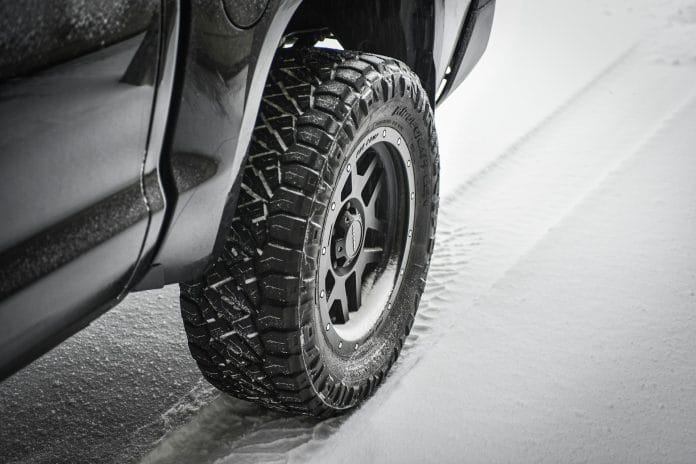When it comes to driving in challenging winter conditions, selecting the right tires can make all the difference in ensuring your safety on the road. Winter tires are specifically engineered to perform under extreme cold, offering superior grip and control on surfaces covered with snow, ice, or slush. A key factor that sets winter tires apart is their unique tread structure, designed to provide optimal traction and prevent skidding in harsh weather. From specialized patterns that channel away water and slush to deeper grooves that improve grip on snow and ice, the tread structure plays a critical role in how effectively your vehicle handles during the colder months. Let’s dive into the details of how these features work to keep you safe and steady on winter roads.
Tread Design for Traction
The tread pattern of winter tyres is specifically engineered to provide superior traction on snow and ice. Unlike regular car tyres, winter tyres have deeper grooves and more pronounced patterns that help to channel snow, slush, and water away from the tire’s surface. This reduces the risk of hydroplaning and helps maintain control over slippery surfaces.
The tread blocks in winter tyres are also designed with a more aggressive pattern. These blocks allow the tire to grip onto snow-covered or icy roads better than traditional tyres. Additionally, winter tyres feature more sipes (small slits) in their tread blocks, which further enhances grip by increasing the surface area in contact with the road.
Rubber Compound for Cold Temperatures
The rubber used in winter tyres is another important factor in their effectiveness. Unlike all season tyres, which are designed to perform well in both summer and winter, winter tyres use a softer, more flexible rubber compound. This compound stays pliable even in freezing temperatures, providing better traction. On the other hand, the rubber in summer tyres becomes stiff and less effective in cold weather, leading to reduced grip.
Comparing Winter and All Season Tyres
While winter tyres are ideal for cold, snowy conditions, all season tyres are designed to offer a balanced performance in both warm and cold weather. However, they do not perform as well in extreme winter conditions. All season tyres typically feature a less aggressive tread pattern and harder rubber compound compared to winter tyres. This makes them a suitable choice for regions with mild winters, but for areas with heavy snow and ice, winter tyres are a better option.
Conclusion
Preparing your vehicle for winter is not just about convenience—it’s about safety. The right tires, particularly those with a tread structure designed for winter conditions, can make a significant difference in how your vehicle handles snow, ice, and slush. Winter tires are engineered to provide superior grip and control when temperatures drop, ensuring you stay secure on the road. For those seeking a year-round option, all-season tires offer a balanced performance in varying conditions, though they may not match the specialized capabilities of winter tires in extreme weather. No matter your choice, understanding your needs and the conditions you’ll face is key to making the best decision for a safer, smoother drive throughout the winter months.



 Bitcoin
Bitcoin  Ethereum
Ethereum  Tether
Tether  XRP
XRP  Solana
Solana  USDC
USDC  Cardano
Cardano  TRON
TRON  Lido Staked Ether
Lido Staked Ether  Avalanche
Avalanche  Toncoin
Toncoin